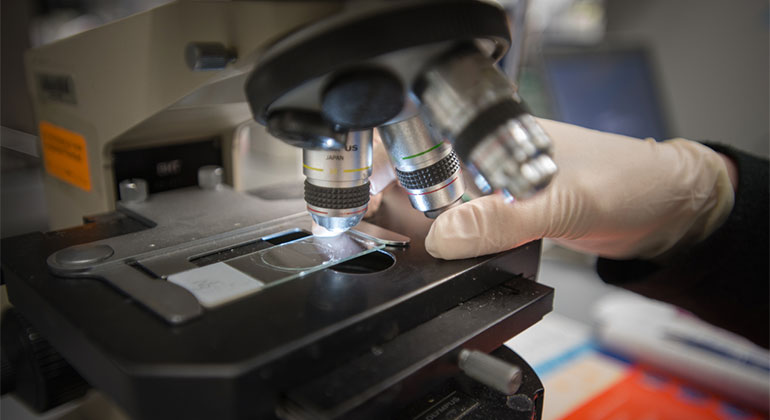Cigarette Smokers More at Risk for Tobacco Dependence Than Users of Smokeless Tobacco or Multiple Tobacco Products
Findings can help tailor smoking interventions and cessation programs

Cigarette smokers have higher odds of tobacco dependence than those who vape or use a variety of types of tobacco products, according to a Mount Sinai study published in July in Nicotine & Tobacco Research.
The findings suggest that tailored tobacco cessation programs are needed for people with different tobacco use habits. The researchers identified three clear types of tobacco users: those who predominantly smoke cigarettes, those who predominantly use smokeless tobacco, and those who predominantly use a combination of cigarettes, e-cigarettes, and cigars.
This discovery is important for tailoring tobacco use reduction and cessation programs to have better success. For example, people who mostly smoke cigarettes would be best served by focusing efforts on reducing their tobacco dependence, while others would be best helped with interventions that increase their likelihood of quitting tobacco use by preventing them from transitioning to only, or predominantly, smoking cigarettes, in addition to outright quitting.
“With the evolving landscape of tobacco product varieties, our findings are important because it is imperative that we understand which types of tobacco uses lead to dependency, informing cessation program designs and increasing their success,” said the study’s senior author, Bian Liu, PhD, Associate Professor of Population Health Science and Policy at the Icahn School of Medicine at Mount Sinai and member of the Institute for Translational Epidemiology and The Tisch Cancer Institute of the Tisch Cancer Center at Mount Sinai.
Given the increasing availability of diverse tobacco products, many individuals are likely to use multiple tobacco products and to engage in product switch and substitution. This has complicated tobacco cessation efforts aimed at reducing the health burden and economic costs associated with tobacco use and dependence. The lack of research in this area highlighted the need to use novel approaches and richer sources of information, such as that from the Population Assessment of Tobacco and Health (PATH) study, to explore and understand tobacco use and tobacco dependence profiles.
In this study, Mount Sinai researchers examined tobacco use profiles across four PATH surveys from 2013 to 2018. The scientists identified tobacco use profiles through intricate analysis and investigated the longitudinal association between tobacco use and dependency, identifying the subgroups with a high risk of dependency.
“As individuals may change their habits over time, future studies should examine patterns of tobacco use changes, including whether people’s changing habits differ by sociodemographic factors, and we should investigate how these changes impact tobacco dependency over time in the context of other smoking behaviors, including attempting to quit, relapse, and smoking cessation,” said the study’s first author, Lihua Li, PhD, Associate Professor of Population Health Science and Policy at Icahn Mount Sinai and member of The Tisch Cancer Institute and Institute for Health Care Delivery Science.
About the Mount Sinai Health System
Mount Sinai Health System is one of the largest academic medical systems in the New York metro area, with 48,000 employees working across seven hospitals, more than 400 outpatient practices, more than 600 research and clinical labs, a school of nursing, and a leading school of medicine and graduate education. Mount Sinai advances health for all people, everywhere, by taking on the most complex health care challenges of our time—discovering and applying new scientific learning and knowledge; developing safer, more effective treatments; educating the next generation of medical leaders and innovators; and supporting local communities by delivering high-quality care to all who need it.
Through the integration of its hospitals, labs, and schools, Mount Sinai offers comprehensive health care solutions from birth through geriatrics, leveraging innovative approaches such as artificial intelligence and informatics while keeping patients’ medical and emotional needs at the center of all treatment. The Health System includes approximately 9,000 primary and specialty care physicians and 10 free-standing joint-venture centers throughout the five boroughs of New York City, Westchester, Long Island, and Florida. Hospitals within the System are consistently ranked by Newsweek’s® “The World’s Best Smart Hospitals, Best in State Hospitals, World Best Hospitals and Best Specialty Hospitals” and by U.S. News & World Report's® “Best Hospitals” and “Best Children’s Hospitals.” The Mount Sinai Hospital is on the U.S. News & World Report® “Best Hospitals” Honor Roll for 2025-2026.
For more information, visit https://www.mountsinai.org or find Mount Sinai on Facebook, Instagram, LinkedIn, X, and YouTube.